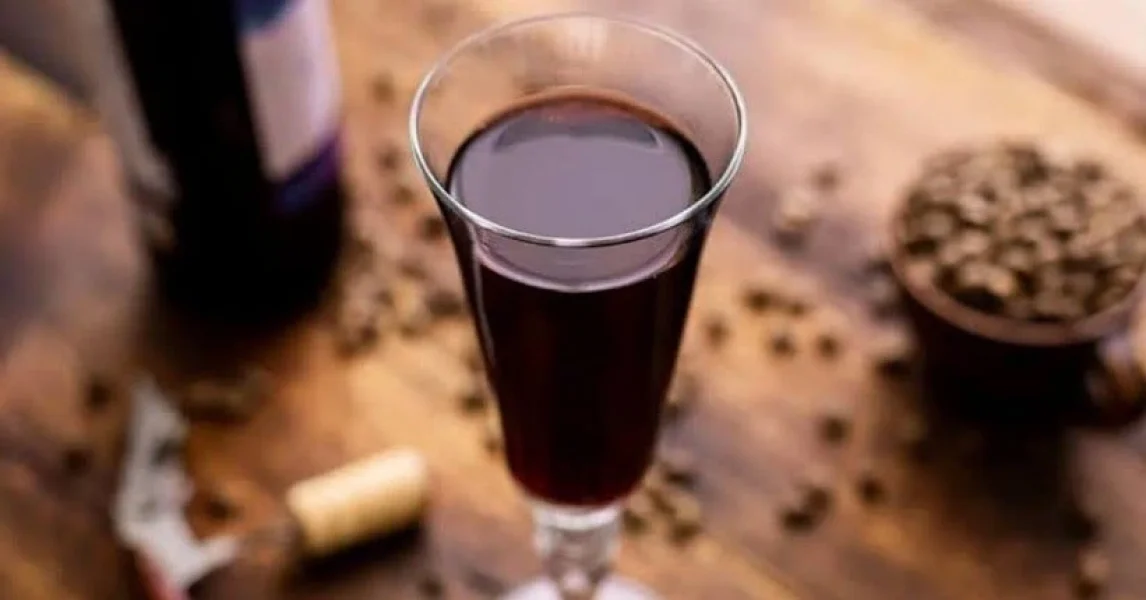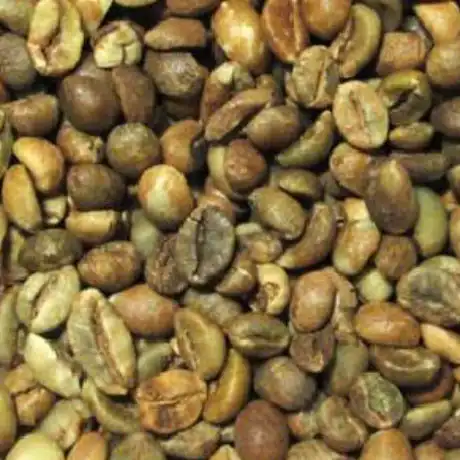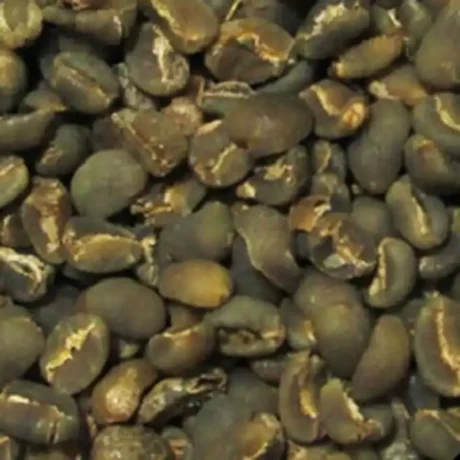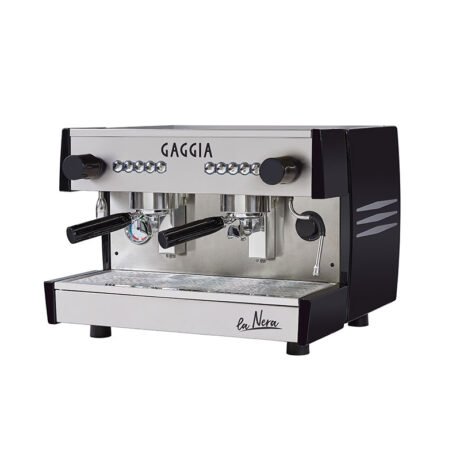Wine coffee fuses two celebrated worlds into one confident cup. Execute the wine coffee process with precision—select the right beans, pair the right wine, control extraction, balance ratios, and finish with clean garnishes—and you deliver an aromatic, structured beverage that stands on culinary merit, not novelty. This guide establishes topical authority on the main entity wine-infused coffee, covers related entities (beans, roast levels, brewing methods, varietals, extraction chemistry, ABV management, storage), and answers every intent from “what is it?” to “how do I scale it as a product?”.
Wine-Infused Coffee
- Base: freshly brewed Arabica, optimized for chocolate, nut, or berry tones
- Wine: dry red with firm fruit and rounded tannins
- Texture target: medium-to-full body with satin mouthfeel
- Aromatic frame: cocoa, berry, spice, subtle oak
- Use contexts: dessert pairing, brunch signature, tasting flight anchor, specialty café feature, retail bottled RTD
Neighbor entities: roast profile, extraction ratio, brew method (pour-over, French press, espresso), wine varietal selection, sweeteners, garnishes, storage, ABV management, and quality control.
New to controlled extraction? Lock in fundamentals first: Brewing time: pour-over coffee and The art of French press: coffee ratio.
Sensory Architecture: How Coffee and Wine Interlock
- Acidity: coffee brightness braces red-fruit acidity for a linear structure.
- Tannins vs. Oils: wine tannins grip; coffee lipids and melanoidins soften edges.
- Aromatics: esters from wine layer over coffee’s roasted volatiles to build length on the finish.
- Sweetness: caramelized sugars from medium/medium-dark roasts deliver body without syrup overload.
Dial these forces with dose, grind, water temperature, and time; measure every component with Perfect coffee measurements.
Equipment & Ingredients Checklist
Equipment
- Burr grinder
- Precision scale (0.1 g resolution)
- Kettle with temperature control
- Brewer(s): V60/Kalita, French press, espresso machine
- Heatproof carafe and fine mesh strainer
- Airtight, opaque storage
Ingredients
- Coffee: medium to medium-dark Arabica with chocolate/berry leaning (Sumatra, Java, Colombia, Ethiopia blends work). Explore Indonesian profiles in Sumatra coffee and Indonesia specialty coffee: which one is the best?.
- Wine: dry reds that complement, not dominate (Cabernet Sauvignon, Merlot, Syrah).
- Optional: brown sugar, honey, demerara; cinnamon, nutmeg, orange peel.
Method 1 — Direct Blend (Fast, Bar-Service Friendly)
Step-by-Step
- Brew the base.
- Pour-over: 1:16 ratio (e.g., 18 g coffee : 288 g water), 92–96 °C, 2:45–3:15 total. See Brewing time: pour-over coffee.
- Espresso: 1:2 yield in 25–32 s for a syrupy, concentrated base.
- Measure the wine.
- Start 1:1 by volume (e.g., 90 ml coffee : 90 ml wine) as a baseline.
- Combine & assess.
- Warm mug, add coffee, then wine. Swirl. Evaluate acidity, tannin grip, and sweetness.
- Adjust to target.
- Coffee-forward: shift to 2:1 (coffee:wine).
- Balanced dessert cup: 3:2.
- Wine-forward tasting pour: 1:2, only for robust espresso bases.
- Optional sweeten.
- 3–6 g demerara or 4–8 g honey per 180 ml finished cup.
- Garnish.
- Micro-zest orange peel; dust cinnamon or a whisper of nutmeg.
Result: layered aroma, satin body, cocoa-berry finish.
Method 2 — Wine Reduction Syrup (Lower ABV, Higher Integration)
Step-by-Step
- Reduce the wine.
- Simmer 250 ml red wine to 120–150 ml with 12–20 g sugar. Keep heat low to protect aromatics.
- Cool & hold.
- Store reduction chilled, airtight.
- Brew coffee.
- Choose French press for body; see The art of French press: coffee ratio.
- Assemble.
- 240 ml coffee + 10–20 ml wine reduction. Stir, taste, adjust.
Result: rounder integration, reduced alcoholic punch, amplified fruit.
Method 3 — Cold-Process (Silky Texture, Make-Ahead, RTD-Ready)
Step-by-Step
- Cold-brew concentrate.
- 1:5 coffee:water by weight, 12–16 h at 4–6 °C, fine-filter. Learn cold-process fundamentals in Cold brew coffee: facts and health benefits.
- Blend to serve.
- 90 ml concentrate + 90 ml red wine + 60–90 ml chilled water or sparkling water.
- Finish.
- Orange twist; optional 3–6 g demerara.
Result: velvety, low-acidity, ready for bottling pilots.
Ratio & Extraction Mastery
Baseline matrix (by volume):
| Style goal | Coffee : Wine | Best base | Notes |
|---|---|---|---|
| Coffee-forward | 2:1 | Pour-over / Espresso | Cocoa length, gentle fruit shadow |
| Balanced | 3:2 | Pour-over / French press | Dessert pairing sweet spot |
| Wine-forward | 1:2 | Espresso / Cold-process | Use for tasting flights only |
Control levers
- Grind finer for more structure, coarser for brighter lift.
- Water hotter for deeper extraction; never exceed 96 °C.
- Contact time defines body; respect the method windows.
Choosing the Perfect Wine (Confident Pairings)
| Varietal | Flavor vector | Why it works |
|---|---|---|
| Cabernet Sauvignon | Blackcurrant, cedar, firm tannins | Stands up to chocolate-leaning roasts |
| Merlot | Plum, cocoa, soft tannin | Seamless texture, easy balance |
| Syrah/Shiraz | Blackberry, pepper, earth | Adds spice that echoes roast notes |
| Tempranillo | Red cherry, leather | Dry, food-friendly structure for brunch |
Avoid heavily oaked dessert reds and ultra-sweet styles that mask coffee nuance.
Sweeteners & Garnishes that Enhance (Never Overpower)
- Demerara or muscovado: molasses depth without cloying finish
- Honey: floral lift for medium roasts
- Cinnamon / nutmeg: spice linkage to oak and roast
- Orange peel: citrus top note that cleans the finish
Brewing Pathways: Choose Clarity, Body, or Power
- Pour-over (paper): clean clarity, heart-healthy default; precise control.
- French press: dense body, chocolate weight; skim surface oils before pouring.
- Espresso: concentrated power; perfect for wine-forward builds.
Reinforce fundamentals with Brewing time: pour-over coffee and The art of French press: coffee ratio.
Storage, Freshness, and Shelf-Life
- Grind just before brewing; protect volatiles with airtight, opaque canisters. Follow Store coffee beans.
- Refrigerate wine reductions and cold-process blends in sealed, sanitized bottles; consume within a tight service window.
- For beans and pre-ground product SKUs, align packaging with oxygen and light barriers; see Freezing coffee beans for long-horizon storage R&D.
Health & Safety: Clear Rules Only
- Alcohol remains present in direct-blend servings. Reduction lowers ABV but does not eliminate it.
- Offer de-alcoholized wine options for service inclusivity.
- Caffeine management: align daily totals with personal tolerances; see Effects of coffee on health and addiction.
Troubleshooting (Pain Points → Definitive Solutions)
- Tastes harsh or bitter: grind coarser, lower brew temp to 92–94 °C, reduce contact time.
- Flabby, unfocused cup: grind slightly finer, raise temp to 95–96 °C, add 0.5–1 g demerara.
- Wine dominates: shift to 2:1 coffee:wine; select softer-tannin Merlot.
- No aroma length: switch to medium roast with berry notes; zest orange peel; dose reduction syrup instead of raw wine.
- Oily, heavy mouthfeel: paper-filter or choose pour-over; skim French press oils.
- Inconsistent results: weigh every input; follow Perfect coffee measurements.
Serving & Pairing
- Desserts: dark chocolate torte, tiramisu, black forest cake.
- Cheeses: aged gouda, manchego, blue with honey.
- Brunch: almond croissant, berry compote waffles.
For origin pairing experiments, explore Indonesian profiles in Discover Sumatra and processing impacts in Specialty coffee processing.
Commercial & Productization Playbook (For Cafés and Roasters)
- SKU ideas: wine-reduction syrup, RTD cold-process wine coffee, signature café serve, gift kit.
- Labeling: state caffeine presence; disclose alcohol usage or de-alcoholized base; include storage and shelf-life.
- Packaging: amber bottles with oxygen-barrier caps; nitrogen-flushed coffee bags.
- Quality control: TDS checks for coffee base; batch logs for reduction weights and yields.
- Menu design: position as dessert pairing or tasting flight anchor; rotate varietals seasonally.
FAQs
What is the wine coffee process?
A controlled method that blends brewed coffee with red wine or wine reduction, using measured ratios, precise extraction, and targeted garnishes to achieve a balanced, aromatic beverage.
Which coffee roast works best?
Medium to medium-dark roasts deliver chocolate and caramel that integrate with red-fruit notes and soft tannins.
What ratio should I start with?
1:1 coffee:wine by volume as a baseline, then tune to 2:1 for coffee-forward or 3:2 for dessert balance.
Does simmering remove alcohol?
Simmering lowers ABV but does not eliminate it. Use de-alcoholized wine for the lowest alcohol option.
Is French press or pour-over better?
Choose pour-over for clarity and precise control; choose French press for plush body. Espresso suits wine-forward builds.
How do I keep flavors fresh?
Grind fresh, brew at 92–96 °C, measure precisely, store reductions chilled and airtight, and protect beans with Store coffee beans.





